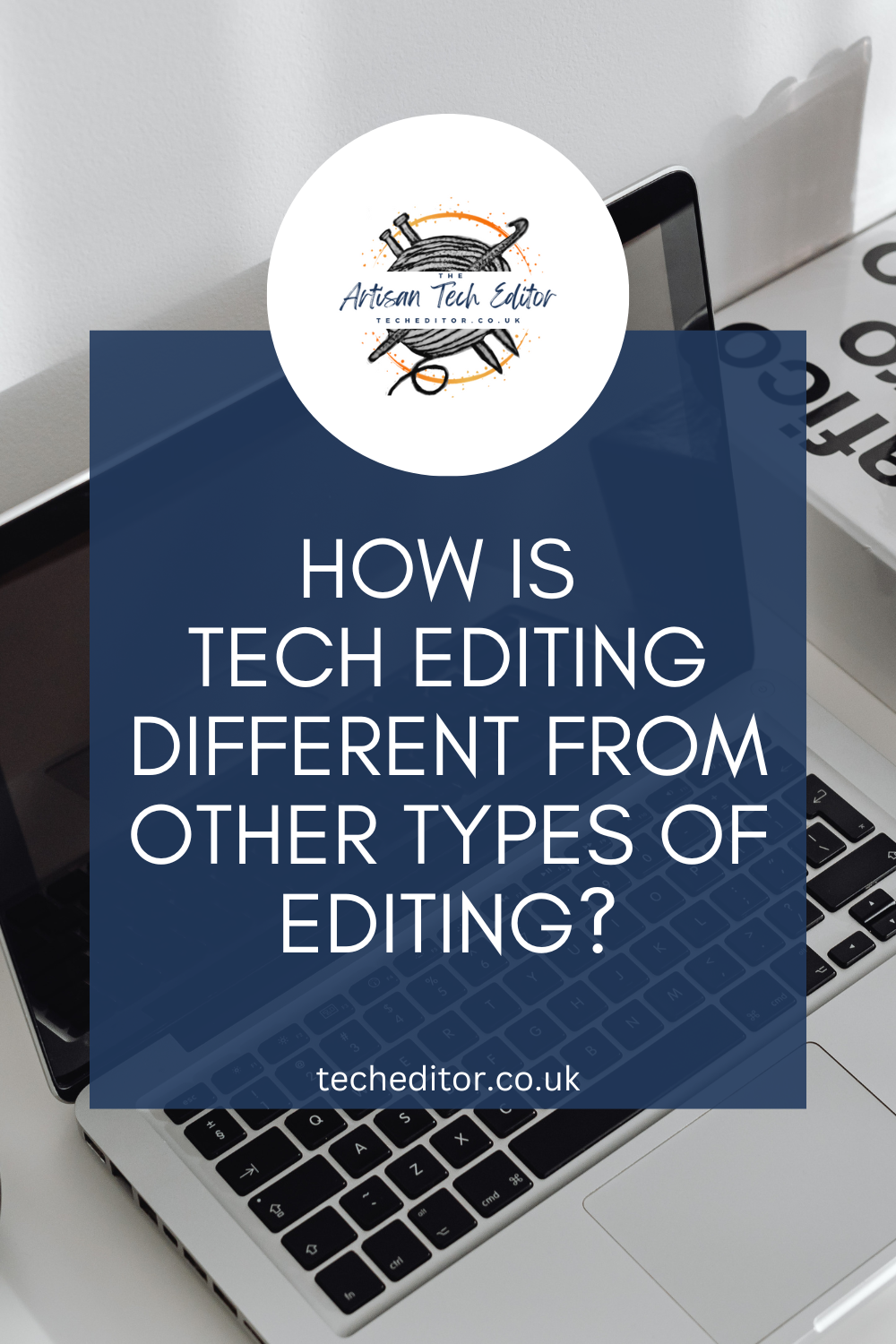Crochet technical editing is a specialised type of editing that focuses specifically on crochet patterns and instructions.
So, how is crochet tech editing different?
Unlike other types of editing or proofreading, which may be focused on issues such as grammar, clarity, or style; crochet technical editing is concerned with ensuring that crochet patterns are accurate, complete, and easy to follow. Crochet technical editing sets itself apart from other types of editing due to its specialized focus on the intricacies of crochet patterns. In this blog post, I will explore the distinctive aspects of crochet technical editing and highlight how it differs from other forms of editing.
Some specific ways in how is crochet tech editing different from other types of editing include:
Knowledge of crochet terminology and techniques
Unlike general editors, a crochet technical editor must possess a deep understanding of crochet terminology and techniques. This expertise enables them to effectively edit patterns by recognizing stitch types, pattern repeats, and shaping techniques. They are well-versed in the differences between various stitch terms and their usage within patterns. Additionally, they are aware of variations in terminology across regions and countries, such as the discrepancies between UK and US terminology. Maintaining a comprehensive reference bookshelf is key for staying updated on new stitches and techniques.
Attention to detail
Crochet patterns demand a high level of precision and detail, making attention to detail a paramount skill for a Technical Editor. Their role involves carefully reviewing every element of the pattern to ensure accuracy and completeness. By meticulously scrutinising patterns, they catch errors and make necessary corrections to maintain the integrity of the design. Even the smallest mistake can significantly impact the final pattern, underscoring the importance of their work.
Focus on consistency
Consistency is a crucial aspect that sets crochet technical editing apart from other types of editing. In crochet patterns, even minor variations in stitch placement or terminology can have a significant impact on the final product. A Technical Editor meticulously ensures that the pattern maintains consistency throughout, ensuring that all elements work together harmoniously. They pay attention not only to stitch consistency but also to formatting consistency. Inconsistencies in headings or notations can cause confusion for crocheters, highlighting the need for meticulous formatting checks.
Testing and troubleshooting
While a Technical Editor is not responsible for testing patterns, they play a vital role in troubleshooting. In the testing process, several volunteers typically verify the pattern's functionality. However, if any issues arise, a Technical Editor collaborates with the designer to address and resolve them. Their expertise allows them to assist in troubleshooting, ensuring that the pattern is refined and ready for crocheters to follow with ease.
Crochet technical editing requires a unique set of skills and knowledge, as well as a strong attention to detail and commitment to accuracy.
Crochet technical editing stands apart from other types of editing due to its specialised knowledge of crochet terminology and techniques. The emphasis on attention to detail, consistency, and collaboration in testing and troubleshooting makes it a unique and essential aspect of pattern development. A crochet technical editor's commitment to accuracy and their deep understanding of the intricacies of crochet patterns contribute to the overall quality and success of crochet designs.
Want to know how my technical editing services can support your design process? Book a 30 min FREE Zoom chat directly into my diary using the link below.



Comments ()